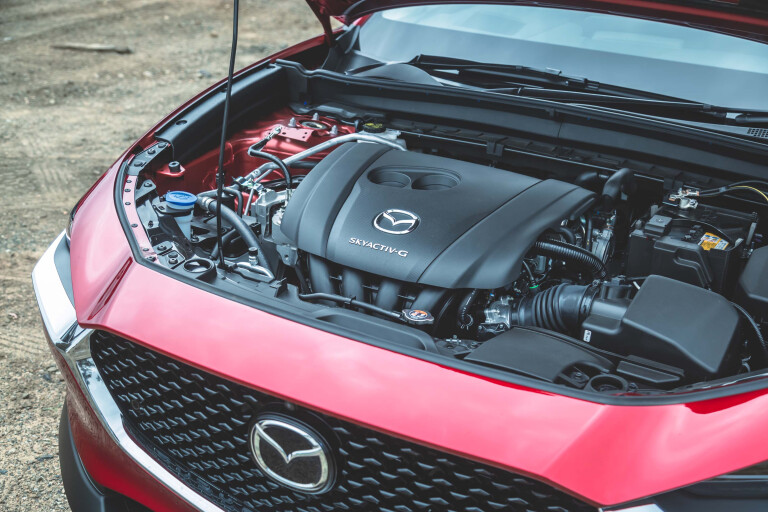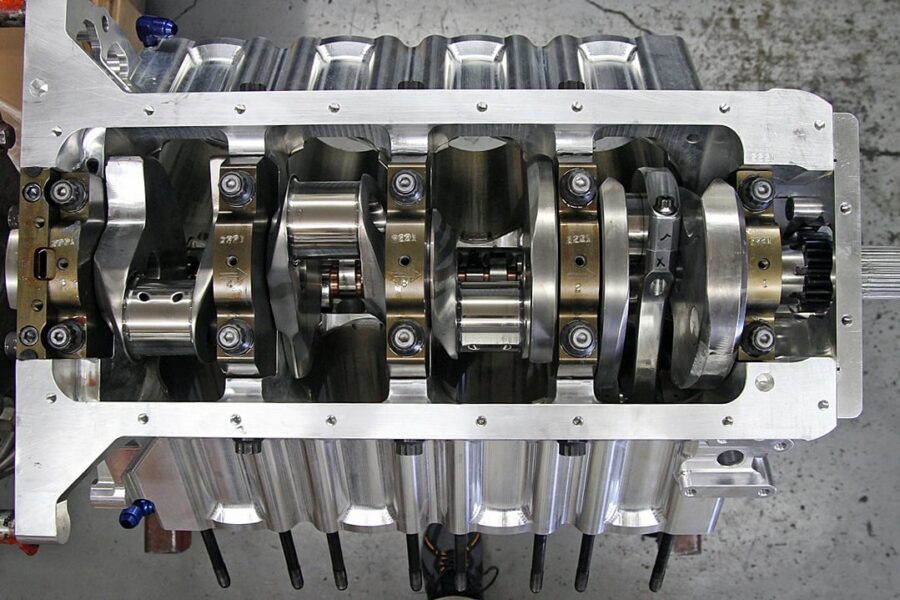When it comes to the marvels of modern engineering, the automobile stands as a testament to human ingenuity. At the core of every vehicle, propelling it forward with power and precision, lies the beating heart of the machine—the car engine. Car engines are, without a doubt, the most critical component of any automobile, and they have undergone remarkable evolution over the years. In this comprehensive guide, we will delve into the world of car engines, discussing their paramount importance and exploring the intricate web of smaller parts that make them tick.
The Importance of Car Engines

Imagine a car as a human body, with various systems and organs working in unison to ensure it functions smoothly. In this analogy, the engine is undoubtedly the heart, pumping lifeblood into the vehicle and driving it forward. Here are some reasons why car engines hold such a vital place in the world of automotive engineering:
- Power and Propulsion: Car engines are responsible for generating the power required to move the vehicle. They convert chemical energy from fuel into mechanical energy, which drives the wheels and propels the car forward.
- Efficiency and Performance: Modern engines are designed to deliver optimal fuel efficiency and performance. They are finely tuned machines that balance power output with fuel consumption, ensuring a smooth and efficient ride.
- Emissions Control: Car engines play a crucial role in controlling emissions and reducing environmental impact. Advances in engine technology have led to cleaner-burning engines with lower emissions, contributing to a greener future.
- Reliability: The longevity and reliability of a vehicle often depend on the quality and maintenance of its engine. A well-maintained engine can last for hundreds of thousands of miles, providing years of dependable service.
- Innovation and Evolution: The automotive industry continuously pushes the boundaries of engine technology, striving for greater efficiency, power, and environmental responsibility. This drive for innovation has led to the development of hybrid and electric engines, further revolutionizing the field.
Components of Car Engines

Car engines are complex machines composed of numerous intricate components, each with a specific function. Understanding these parts and their roles is essential for grasping the inner workings of car engines. Let’s explore the key components of car engines:
• Cylinder Block: The cylinder block, also known as the engine block, is the foundation of the engine. It houses the cylinders where combustion takes place. The number of cylinders varies in different engines (typically 4, 6, or 8 cylinders), with more cylinders often equating to more power.
• Cylinders: Cylinders are cylindrical chambers within the engine block where combustion occurs. They contain pistons that move up and down, converting the pressure generated by combustion into mechanical energy.
• Pistons: Car engine pistons are cylindrical components that fit snugly within the cylinders. They move up and down in response to combustion, transferring the force to the crankshaft. Pistons are crucial for generating power.
• Crankshaft: The crankshaft is a long, rotating shaft located at the bottom of the engine block. It connects to the pistons through connecting rods and converts their linear motion into rotational motion. This rotational motion is what ultimately powers the wheels.
• Camshaft: The camshaft is another rotating shaft within the engine. It controls the opening and closing of the engine’s valves, which are essential for the intake of air and fuel and the expulsion of exhaust gases.
• Valves: Valves are metal flaps that open and close within the engine’s cylinder head. They allow air and fuel to enter the cylinders during the intake stroke and expel exhaust gases during the exhaust stroke. The camshaft’s lobes control the timing and duration of valve openings.
• Spark Plugs: Spark plugs are responsible for igniting the air-fuel mixture within the cylinders. When an electrical current jumps the gap between the spark plug’s electrodes, it creates a spark that ignites the mixture, initiating the combustion process.
• Fuel Injectors: In modern engines, fuel injectors replace traditional carburettors. They deliver a precise amount of fuel directly into the cylinders, ensuring efficient combustion and fuel distribution.
• Intake Manifold: The intake manifold is a network of passages that distribute air to the cylinders. It plays a crucial role in optimizing air intake for combustion.
• Exhaust Manifold: The exhaust manifold collects and directs exhaust gases away from the cylinders and into the exhaust system. It helps improve engine efficiency and reduce emissions.
• Timing Belt/Chain: The timing belt or chain synchronizes the rotation of the crankshaft and camshaft, ensuring that valves open and close at the correct times during the engine’s four-stroke cycle.
• Oil Pump: The oil pump circulates engine oil, which lubricates moving parts, reduces friction, and dissipates heat. Proper lubrication is essential for preventing engine damage.
• Cooling System: The cooling system includes a radiator, water pump, and thermostat. It circulates coolant through the engine to regulate its temperature and prevent overheating.
• Exhaust System: The exhaust system includes components such as the catalytic converter, muffler, and tailpipe. It helps reduce emissions and controls noise generated during the exhaust process.
• Turbocharger/Supercharger: Some engines feature forced induction systems like turbochargers or superchargers. These devices compress incoming air, increasing the engine’s power output.
• Engine Control Unit (ECU): The ECU is the brain of the engine, controlling various parameters such as fuel injection timing, air-fuel ratio, and ignition timing. It continuously monitors and adjusts engine performance for optimal efficiency and power.
Conclusion
Car engines are the unsung heroes of the automotive world, powering our daily commutes, adventures, and journeys. They are marvels of engineering, finely tuned machines that convert fuel into motion with remarkable efficiency and precision. Understanding the intricacies of car engines and their vital components not only enhances our appreciation for these incredible machines but also empowers us to make informed decisions about maintenance, performance upgrades, and vehicle choices.
From the cylinder block to the spark plugs, each component plays a unique role in the engine’s operation, contributing to power generation, efficiency, and reliability. The evolution of engine technology continues to shape the automotive industry, with advancements in fuel efficiency, emissions control, and alternative propulsion methods like electric and hybrid engines.
As we embrace the future of automotive engineering, let us not forget the timeless importance of the car engine—the heart of the machine that propels us forward, on highways and byways, in pursuit of our dreams and destinations.



